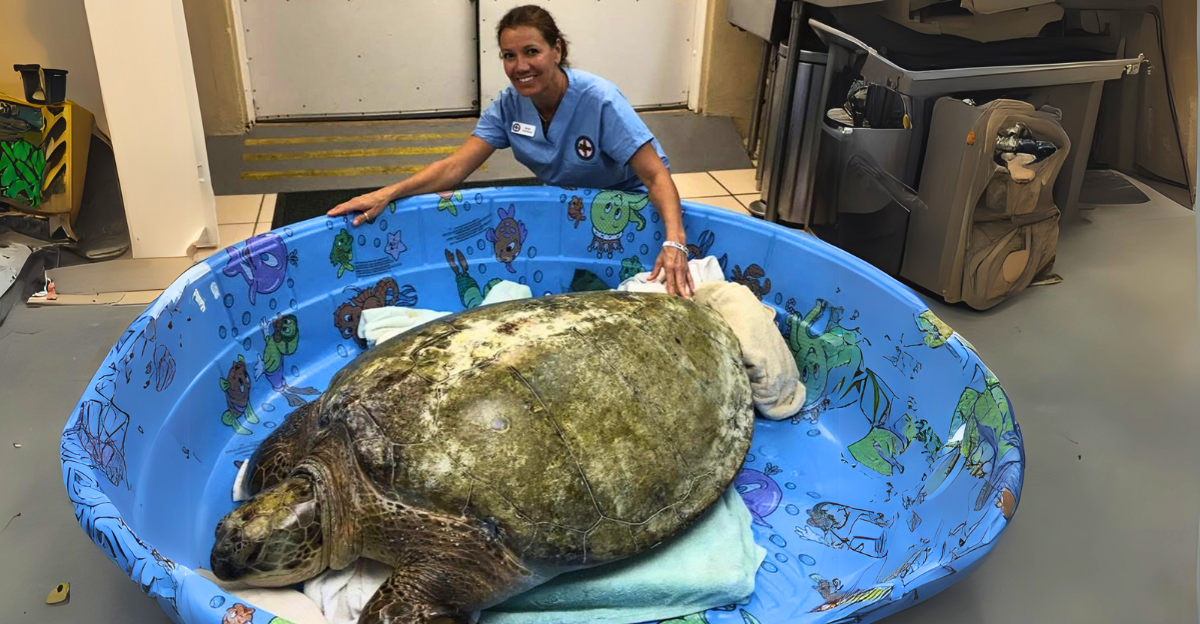
An arctic blast that brought a rare snowfall to northern Florida last week left green sea turtles as far south as St. Augustine suffering from a condition known as cold-stunning. This phenomenon occurs when sea turtles experience prolonged exposure to cold water temperatures, causing their bodies to shut down, making them immobile and vulnerable to predators, injury, and even death. The sudden drop in temperatures has led to a mass stranding event, with hundreds of turtles washing ashore in critical condition.
Way Too Many Turtles
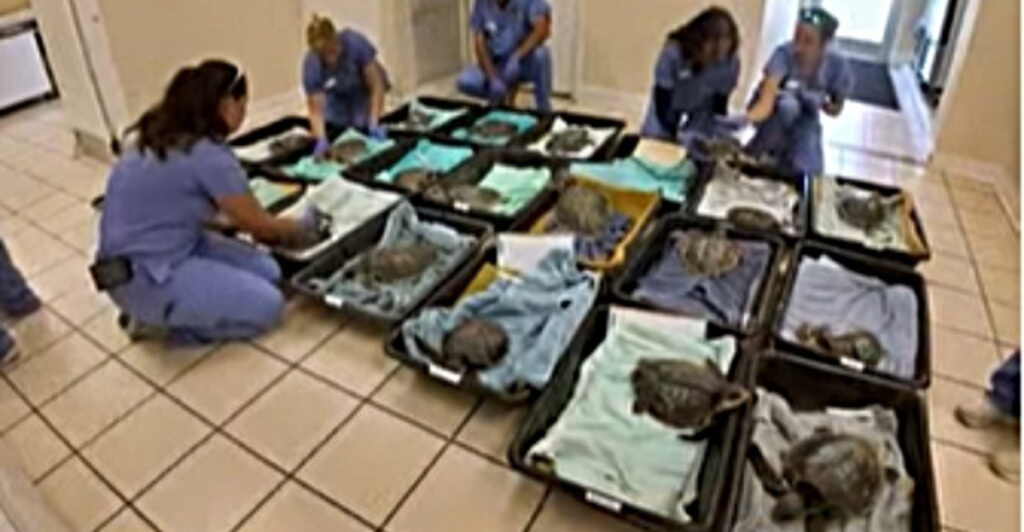
Conservation groups and marine life centers across Florida have mobilized to rescue and rehabilitate these distressed turtles. The Loggerhead Marinelife Center in Juno Beach is at the forefront of this effort, providing urgent medical care and a safe environment for the cold-stunned turtles to recover. With the number of affected turtles climbing, wildlife experts emphasize the importance of public awareness and swift action to prevent long-term damage to Florida’s marine turtle populations.
Hundreds of Cold-Stunned Turtles Rescued
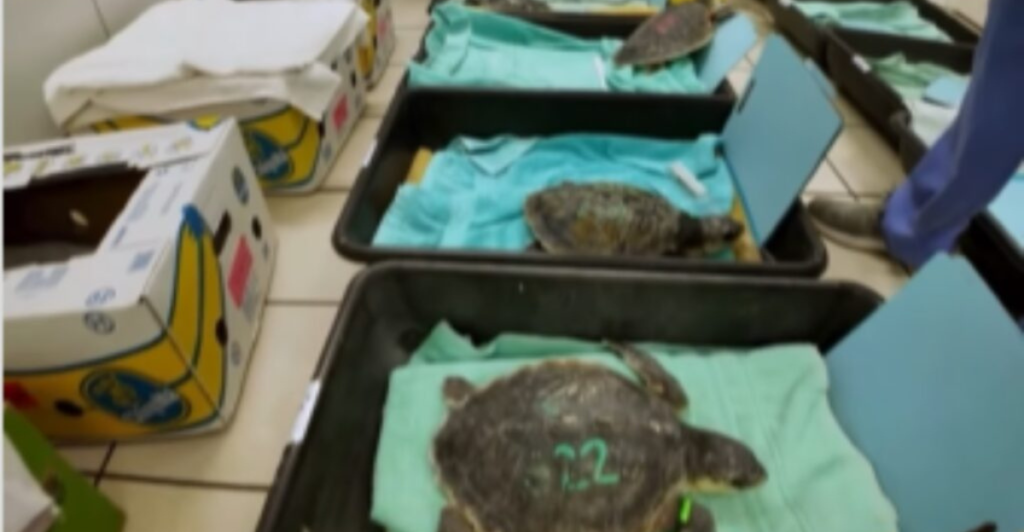
Rescue teams, including volunteers and biologists from the Florida Fish and Wildlife Conservation Commission (FWC), have been working tirelessly to locate stranded turtles. According to the latest FWC data, over 850 cold-stunned sea turtles have been recovered along Florida’s coastline since the arctic blast began. Green sea turtles, which are listed as threatened under the Endangered Species Act, make up the majority of the rescued turtles, with smaller numbers of Kemp’s ridley and loggerhead turtles also affected.
Save The Turtles
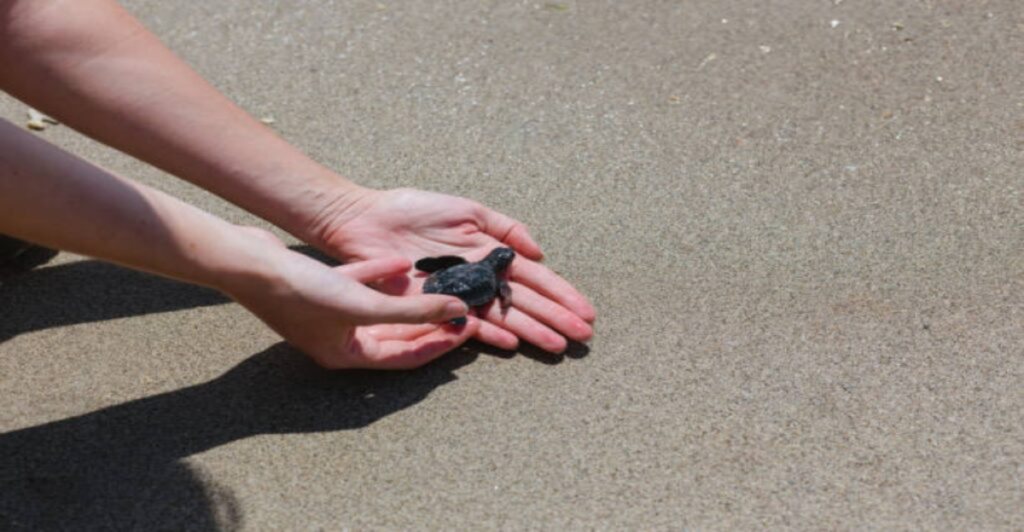
The turtles were found floating helplessly in frigid waters or washed up on beaches from St. Augustine to the Florida Keys. Many were unresponsive, their body temperatures having plummeted dangerously low. Without intervention, these turtles would likely not survive, making the ongoing rescue mission crucial to their survival.
Treatment and Rehabilitation Efforts
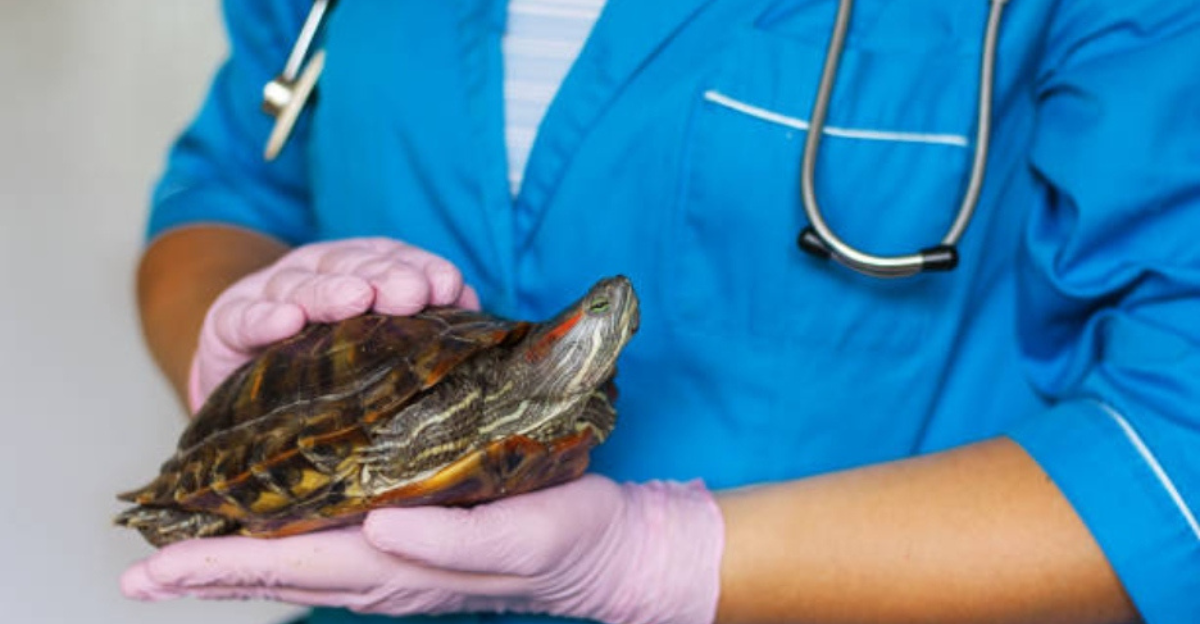
At the Loggerhead Marinelife Center, veterinarians and marine biologists are working around the clock to stabilize the turtles. Upon arrival, each turtle undergoes a thorough health evaluation, checking for signs of pneumonia, dehydration, or injuries sustained from stranding. The primary goal is to gradually warm the turtles back up, as raising their temperatures too quickly can cause shock and additional complications.
One Turtle At A Time
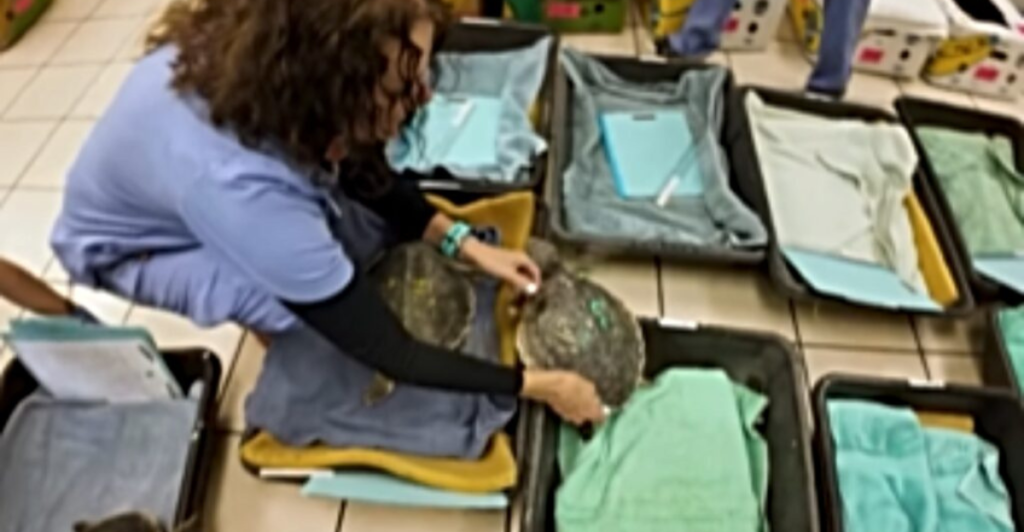
The rehabilitation process involves placing turtles in temperature-controlled water tanks, administering fluids to combat dehydration, and monitoring their breathing and heart rates. Once stabilized, turtles are given proper nutrition and rest, with some requiring weeks of care before they are strong enough to be released back into the wild.
A Coordinated Conservation Effort
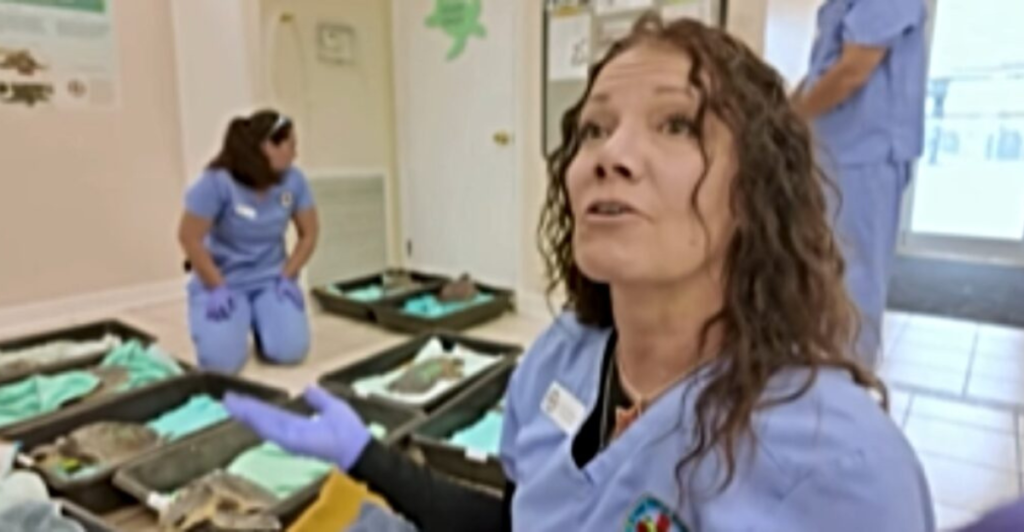
The response to this cold-stunning event has been a collaborative effort among multiple organizations, including the FWC, NOAA, local aquariums, and sea turtle rescue groups. These groups have coordinated efforts to transport turtles to rehabilitation facilities and ensure they receive the best possible care. In addition to the Loggerhead Marinelife Center, facilities such as Gumbo Limbo Nature Center, Mote Marine Laboratory, and Clearwater Marine Aquarium have also taken in cold-stunned turtles. The sheer scale of this event highlights the importance of ongoing conservation efforts to protect these vulnerable marine creatures.
The Role of Climate Change in Cold-Stunning Events
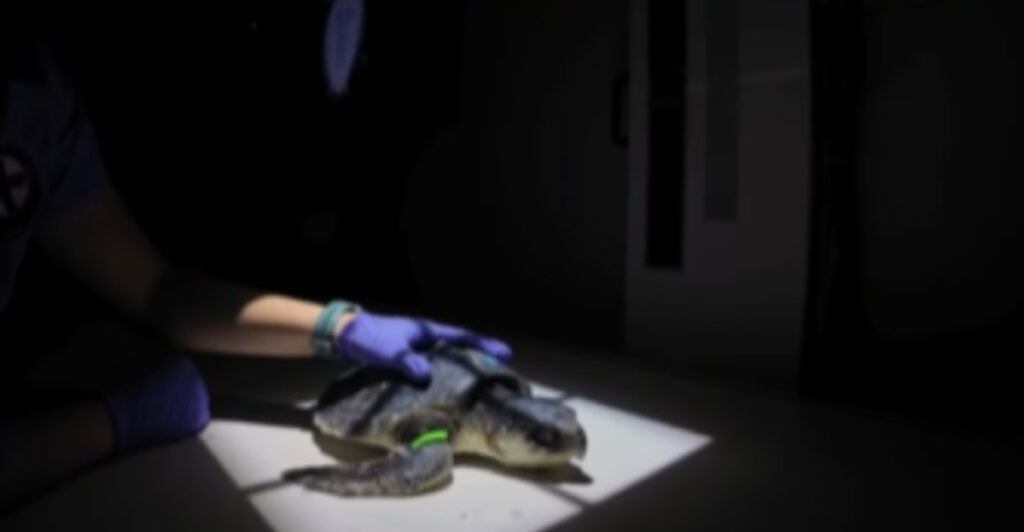
Cold-stunning events are not uncommon in Florida, but the severity and frequency of these incidents have been increasing in recent years, raising concerns among scientists. Experts point to climate change as a key factor, as shifting weather patterns have led to more extreme temperature fluctuations.
The Plan Ahead

Warmer waters may be causing turtles to stay in northern habitats longer into the winter months, increasing their risk of sudden exposure to freezing temperatures. Additionally, the rising frequency of polar vortex events, which bring extreme cold to normally mild regions, could result in more frequent mass stranding events in the future.
Community Support and Volunteer Efforts
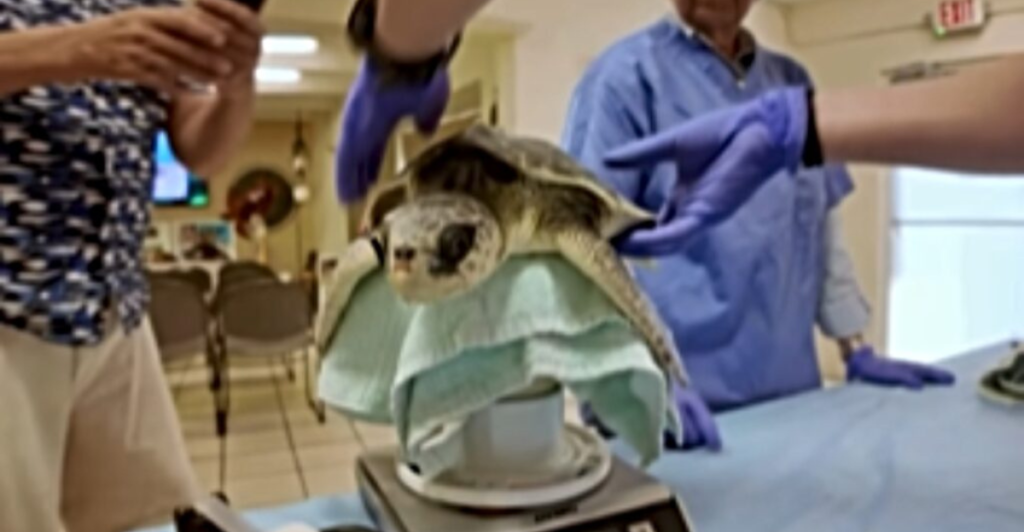
Local communities have played a significant role in aiding the rescue and rehabilitation efforts. Volunteers have assisted in gathering and transporting stranded turtles, while residents have provided donations of towels, blankets, and funds to support the medical care of the animals. The Loggerhead Marinelife Center has encouraged the public to report stranded turtles by calling designated hotlines, allowing rescuers to respond quickly. Education programs are also being launched to raise awareness about sea turtle conservation and the impact of climate change on marine life.
Public Awareness and Conservation Initiatives
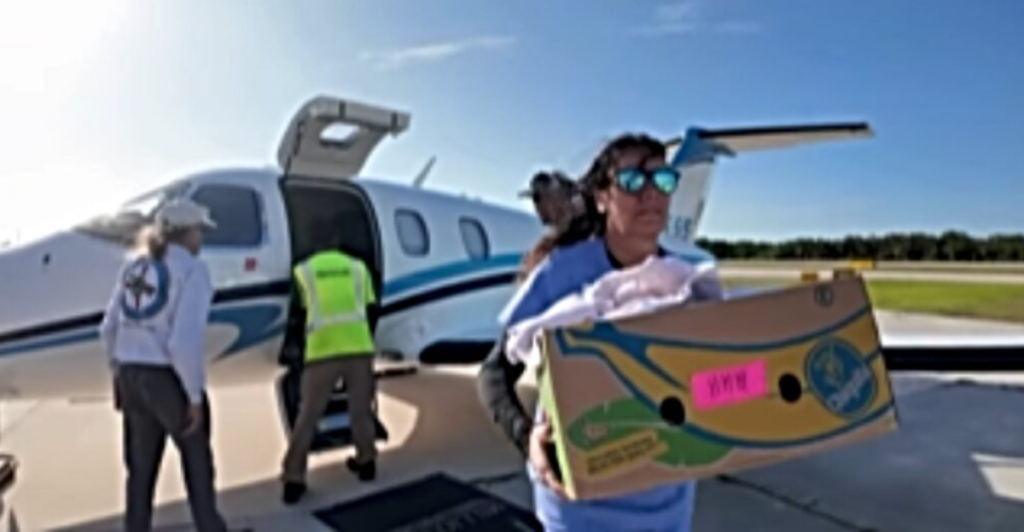
Beyond the immediate rescue efforts, marine conservationists stress the importance of long-term initiatives to protect sea turtles. Conservation organizations are advocating for policies that address climate change, as well as improved protection of marine habitats. Efforts such as reducing plastic pollution, protecting nesting beaches, and limiting boat traffic in key turtle habitats are essential in ensuring the survival of these endangered species. Public participation in conservation programs, such as responsible wildlife viewing and sustainable fishing practices, is also crucial.
Looking Ahead: Future Challenges and Solutions
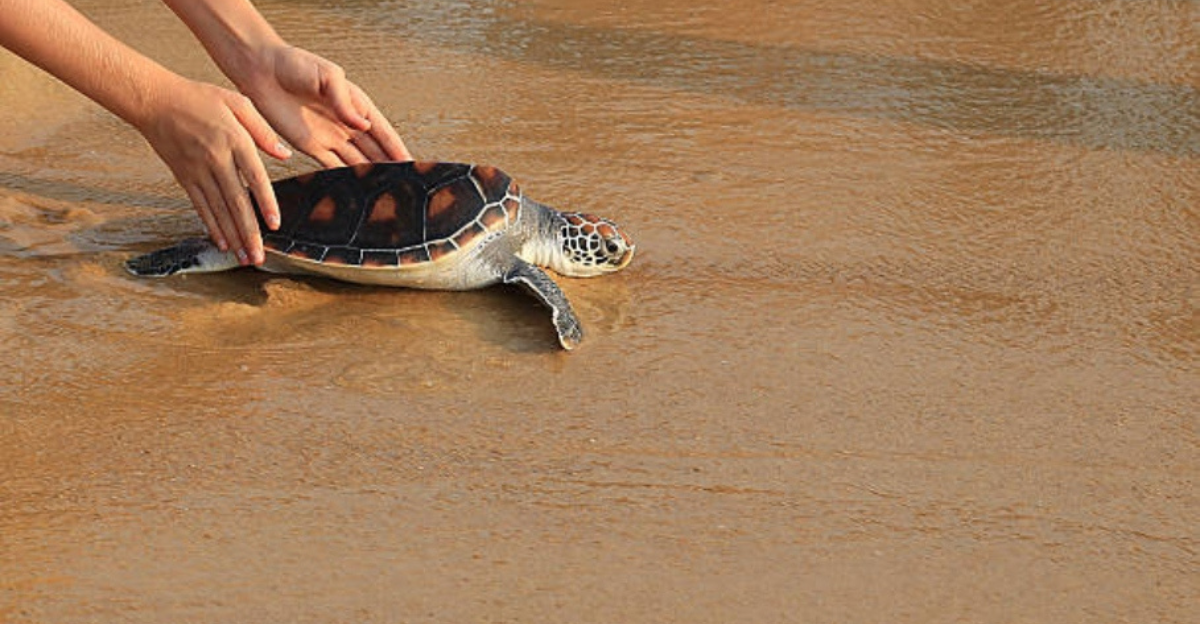
As rehabilitation efforts continue, researchers are studying the long-term effects of cold-stunning on sea turtles. Some turtles that survive these events may develop health complications that affect their ability to migrate, feed, or reproduce. Understanding these impacts will be key to improving conservation strategies in the years ahead. Wildlife experts are also exploring ways to predict and mitigate future cold-stunning events, such as tracking sea turtle movements through satellite tags and improving forecasting models to identify at-risk areas. These efforts aim to provide better response strategies and increase survival rates in future cold-weather events.
Hope for Recovery and Release
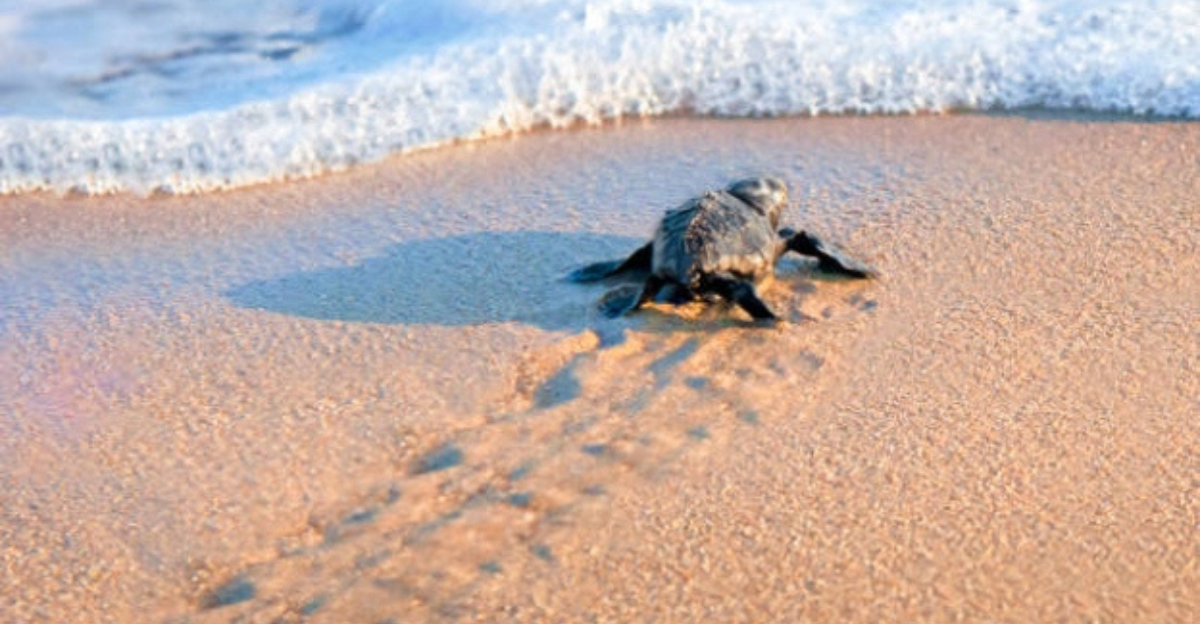
Despite the devastating effects of the recent arctic blast, the dedicated efforts of marine life centers and conservation groups have provided a lifeline for hundreds of cold-stunned sea turtles. With continued rehabilitation, many of these turtles are expected to make a full recovery and return to their natural habitats. The event serves as a reminder of the delicate balance of marine ecosystems and the increasing threats posed by climate change. Through collaboration, research, and community involvement, there is hope for a future where sea turtles continue to thrive in Florida’s coastal waters.
Discover more of our trending stories and follow us to keep them appearing in your feed

Largest U.S. Dam Removal Sparks Giant Salmon Revival
Hurricane-Like Bomb Cyclone Set to Impact These 8 States
Scientists Are Bringing Back The Wooly Mammoth
Lake Shasta’s Remarkable Recovery From Drought Captured in Stunning Images
References:
Reference 1
Reference 2
This article first appeared here
Stay connected with us for more stories like this! Follow us to get the latest updates or hit the Follow button at the top of this article, and let us know what you think by leaving your feedback below. We’d love to hear from you!







